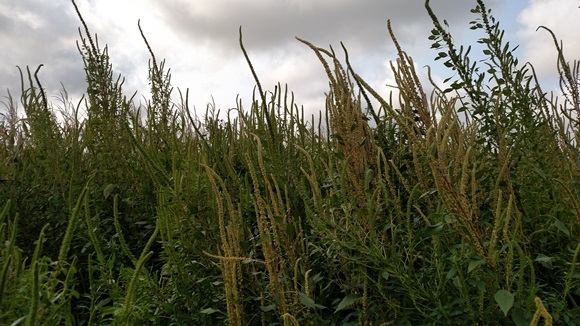
(NAFB) – Palmer Amaranth is a highly invasive species that is spreading like wildfire across the United States.
It is hard to distinguish from pigweed until it is almost too late. It is very resistant to several herbicide options, but not completely immune. The trick is early detection before it has a chance to go to seed.
The University of Minnesota has partnered with Colorado State University on developing a new test to detect the plant that is 99.9 percent accurate.
Anthony Brusa is a Post-Doctoral Research Associate at the University of Minnesota. He talks about the differences between Palmer Amaranth and normal pigweeds, and what they focused on for developing their test.
Brusa talks about the new test that they developed with Colorado State University. There are two testing options available to use: You can take just a leaf of a plant that you suspect is Palmer Amaranth, or you can send in the seed buds. The seed test is sensitive enough to find one Palmer Amaranth seed in a pool of 200 potential samples.
The new test will give an increase in accuracy over the standard tests that are currently used in identifying Palmer Amaranth.
The goal is to have the test commercially available for use by the end of 2021. This will mean it will be ready for farmers to send samples in for the 2022 growing season.
